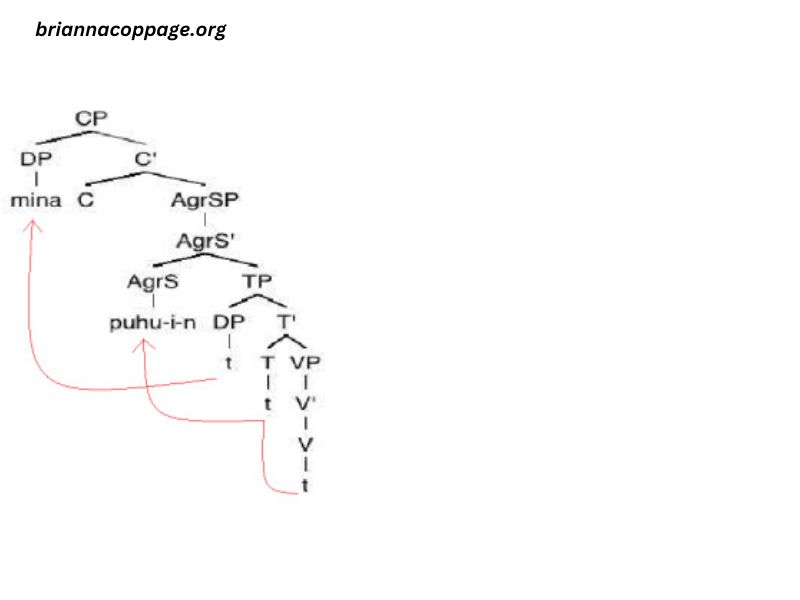Language is a beautifully complex system, and studying it is like unraveling a giant puzzle. One fascinating piece of this puzzle? Inflectional morphemes—the building blocks that change verb forms to fit grammatical context.
If you’re passionate about linguistics or currently studying English or Finnish, you’ve likely noticed how vastly different verb inflections work between the two. English and Finnish, while both Indo-European languages, take dramatically distinct approaches to verb morphology. Understanding these differences not only enhances your linguistic knowledge but also gives you insights into how languages shape culture and communication.
Get ready to explore the world of verb inflections! We’ll go over what inflectional morphemes are, highlight how they function in English compared to Finnish, and uncover why these differences matter.
What Are Inflectional Morphemes?
Before we get into the English-Finnish comparison, let’s demystify what inflectional morphemes are.
An inflectional morpheme is a small, grammatical “unit” added to a word that modifies its tense, number, aspect, mood, or case—without changing the word’s core meaning. For example:
- Adding -s to “walk” creates “walks” (third-person singular present tense).
- Adding -ed to “play” forms “played” (past tense).
Inflectional morphemes are essential for showing relationships between words in a sentence and keeping grammar precise. But not all languages use them the same way. Enter the simplicity of English versus the morphologically rich Finnish.
How Inflectional Morphemes Work in English Verbs
English is a relatively analytical language, meaning it relies on word order and auxiliary words far more than verb inflections to convey nuanced grammatical meaning. For English verbs, inflectional morphemes are minimal and standardized.
English verbs use only four primary inflectional forms:
- Base Form – e.g., walk, play
- Third-Person Singular Present Tense (-s) – e.g., walks, plays
- Past Tense (-ed) – e.g., walked, played
- Past Participle (-ed/en) – e.g., walked, eaten
- Present Participle (-ing) – e.g., walking, playing
That’s it! Most tenses, aspects, and grammatical moods in English rely on auxiliary verbs—like “will,” “have,” or “was”—to show variations. For example:
- “I will walk” (future tense): Uses the auxiliary “will” + a base form.
- “I had walked” (past perfect): Uses the auxiliary “had” + past participle.
English’s reliance on auxiliary verbs instead of complex inflections makes it easier for learners but less compact compared to languages like Finnish.
The Simplicity of Regularity
One of the beauties of verb inflections in English is their regularity. For regular verbs, simply adding -ed covers past tense and past participle. Irregular verbs (e.g., “go” -> “went”) are exceptions but follow consistent patterns, making inflections manageable to grasp.
How Inflectional Morphemes Work in Finnish Verbs
Now, let’s head over to Finnish—a synthetic language. Finnish is famous for its agglutinative structure, where words morph by adding numerous affixes (morphemes) to represent complex grammatical structures. Unlike English, Finnish verbs are highly inflected, altering their forms to show intricate grammatical information like:
- Tense
- Person (first, second, third)
- Number (singular/plural)
- Mood (indicative, conditional, imperative, etc.)
- Voice (active/passive)
Finnish Verb Paradigms
A single Finnish verb, such as puhua (to speak), can have over 200 different forms depending on grammatical context. Here’s a breakdown:
- Finnish verbs inflect for all six grammatical persons (first, second, third person in singular and plural forms). Compare that to English, where person marking is minimal (“walk” vs “walks”).
- Example (Present Tense):
Minä puhun (I speak)
Sinä puhut (You speak)
Hän puhuu (He/She speaks)
- They add specific morphemes to mark tense and aspect.
- Example (Future Tense doesn’t require auxiliaries):
Minä puhun huomenna (I will speak tomorrow)
Puhun carries both present and future meaning based on context.
- Finnish verbs are marked for moods like conditional (puhuisin = I would speak) or imperative (puhu! = speak!).
Complexity Meets Precision
Finnish also encodes meaning via case marking (nouns inflect for grammatical roles), enabling extreme flexibility in word order. For example:
- Hän puhuu suomea (He speaks Finnish).
- Reordering to Suomea hän puhuu still retains the same meaning since the inflections mark grammatical roles.
This inflection-rich system makes Finnish verbs compact, allowing for intricate meanings without extra words—but it makes the language challenging for learners.
Key Differences Between English and Finnish Inflectional Systems
|
Feature |
English |
Finnish |
|---|---|---|
|
Verb Forms |
Truncated (4–5 forms max) |
Extensive (~200+ forms possible) |
|
Person Marking |
Minimal (third-person singular only) |
Comprehensive (six persons marked clearly) |
|
Tense/Aspect |
Auxiliary verbs predominantly |
Encapsulated in inflected forms |
|
Grammatical Moods |
Limited (indicative, subjunctive) |
Broad (incl. conditional, potential moods) |
|
Word Order |
Strict, due to limited inflection |
Flexible, thanks to detailed inflections |
Why Do These Differences Matter?
For Linguistics Enthusiasts
Comparing languages like English and Finnish highlights critical concepts of synthetic vs analytic language structures. Languages like Finnish demonstrate how richly inflected systems balance compactness and precision, while English emphasizes clarity and simplicity through auxiliary words.
For Language Learners
English speakers learning Finnish (or vice versa) need to adjust their thinking. English speakers may find the sheer number of Finnish inflected forms intimidating, while Finnish speakers might struggle to rely more on word order and auxiliary verbs when learning English.
For ESL/EFL Students
Understanding these contrasts can make English less daunting. Knowing that English relies on structure and auxiliary verbs may help learners focus on mastering those areas without worrying about dozens of verb forms.
Exploring Language Diversity
Studying English and Finnish side by side reminds us just how innovative and varied human language can be. Whether you’re drawn to the simplicity of English verb conjugations or mesmerized by the intricacy of Finnish agglutination, the adventure of linguistics is never dull.
If you’re starting your Finnish learning or polishing up your English, remember this key takeaway: verb systems may differ wildly, but their goal stays the same—to communicate effectively. Enjoy the challenge and marvel at the uniqueness of each language.






